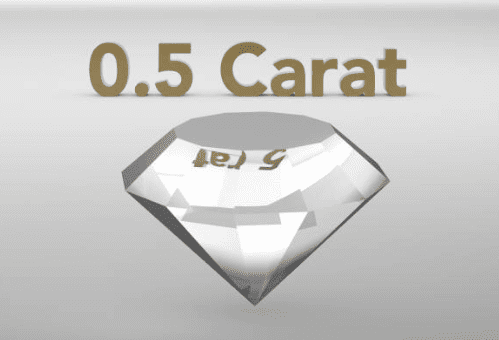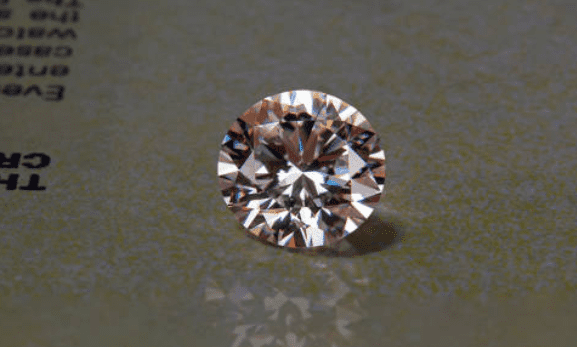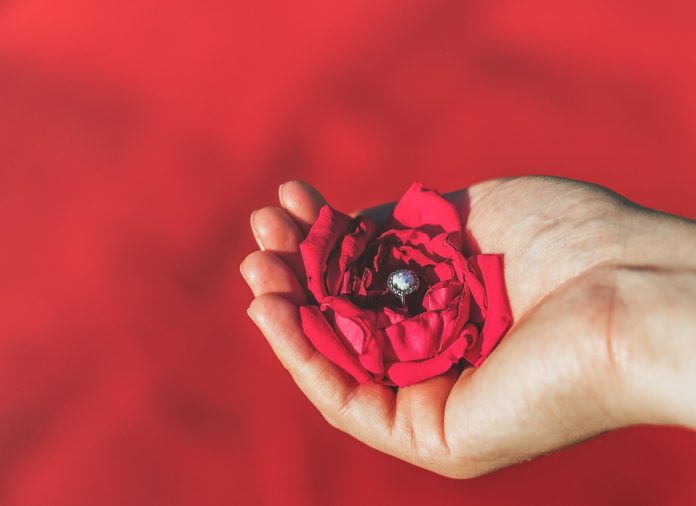The Gemological Institute of America (GIA) is a mark of reliability and reputation in the diamond industry. GIA has continuously set the benchmark for diamond certification since its founding in 1931, making GIA-certified gems highly sought after.
In addition to their increased worth, diamonds with GIA certificates are guaranteed to be authentic and of the highest caliber. A GIA certification is more than just a document; it indicates quality and validity. GIA uses strict guidelines and procedures to assess diamonds fairly and precisely. Sellers who grasp this will be able to appreciate the value of a diamond with GIA certification in the marketplace.
But why should you, as a seller, ensure you sell GI-certified diamonds? This article will explore how a jeweler selling GIA-certified diamonds can provide buyers with the perfect combination of technical assurance and emotional connection when finding the ideal stone.
Comparing GIA with Other Certifications: An Unmatched Option
Although many organizations provide certificates for diamonds, the GIA is the gold standard. GIA sets itself apart from competitors with its long history, worldwide consistent grading system, and dedication to innovation. So, as someone looking to sell GIA diamonds, you will instill confidence in your customers and an assurance of quality.
A Comprehensive Approach to Navigating the Sale
Here is how you can navigate and sell GIA diamonds:
-
Acknowledging the Essence of Your Gem
Every diamond has a unique tale to tell, and a successful sale depends on you knowing it. Understanding the diamond’s background, any noteworthy occasions associated with it, or its distinctive qualities can significantly increase the value that is attributed to it.
-
Evaluating the Four Cs: The Foundations of Worth
The foundational elements of a diamond’s worth are its cut, color, clarity, and carat weight. Every facet has a significant impact on the diamond’s value. If you understand how these aspects affect the worth of your diamonds, you will price and advertise your diamonds more wisely.
-
Finding the Correct Audience: Matching Location with Worth
The platform chosen might impact the final transaction of selling a diamond. It’s critical to recognize that different platforms serve different kinds of customers. As a seller, you must select the best channel to reach potential buyers and get the most for their diamonds, whether through auction houses, traditional jewelers, or online platforms. 

-
Comparing Traditional vs. Online Selling
It is essential to determine how to balance utilizing traditional and internet marketing strategies, each with unique benefits and drawbacks. Thoughtfully assessing the positive and negative aspects of traditional versus digital marketing will enable you to reap the benefits of an online presence, like increased accessibility and convenience, while still delivering the individualized attention and care that comes with in-person customer service.
-
Introducing Your Diamond: The Effect of Aesthetics
A diamond’s visual presentation can make or break a sale. Prospective buyers are heavily influenced by how a diamond is showcased when deciding whether to make this significant investment.
As a seller, you must pay meticulous attention to details that enhance your diamond’s brilliance and appeal through excellent documentation, professional cleaning, high-quality photography, and expert lighting. Presenting every diamond optimally demonstrates your commitment to quality and creates lasting positive impressions with customers as they evaluate vendors.
-
Recognizing the Value: Analyses and Professional Advice
A GIA-certified diamond’s worth can only be ascertained through careful investigation and, occasionally, professional advice. As a seller, it is vital to keep abreast of market developments, consult experts, and perform a comparative analysis to determine the diamond’s exact value.
-
Keep Away from Typical Pitfalls
There are traps in every marketing process that can prevent success. Comprehending these possible pitfalls is crucial for a smooth transaction. When you avoid them, you can negotiate the sale skillfully since you steer clear of problems by illuminating typical errors such as overpricing, underpricing, and inadequate buyer selection.
The Importance of GIA Certification for Sellers
Anybody selling diamonds needs to understand the importance of GIA certification. In the market, a diamond certified by the Gemological Institute of America (GIA) is worth more than a diamond valued by neighborhood jewelers or certified by other laboratories. This is a result of GIA’s unmatched reputation for trust and recognition.
Additionally, diamonds that meet GIA certification requirements and have particular color and clarity ratings are considered worth more. A GIA certificate is a wise investment for a diamond, especially one carat or bigger. Furthermore, owning a GIA certificate makes communicating with prospective purchasers easier.
Interested parties can submit competitive bids without personally seeing the diamond by scanning and emailing the certificate. It’s crucial to remember that the GIA does not assess diamonds set in mountings. Therefore, after the diamond has been graded, it must be removed and re-set with the help of a jeweler. 

To sum up
Selling a diamond with GIA certification is a complex procedure that requires knowing its value, figuring out who to sell it to, and making the best possible presentation. Equipped with expertise and assurance, a vendor may guarantee that their GIA-certified gem finds the ideal fit and a thrilled new owner. Sellers are encouraged to take this journey with this thorough guidance, which will help ensure a successful sale, highlighting the diamond’s value and beauty for the buyer’s benefit.





